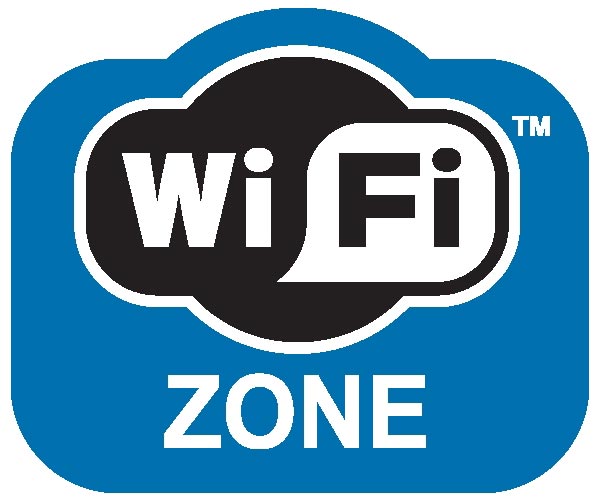4 Type Wi-Fi Standards in Common Use Today
 Wi-Fi has become a modern way to access the Internet and other network based services. So many companies using wi-fi in their network connections. It helps home users to share broadband with minimum cost. Wi-Fi have  four wireless standards in common use today.
Wi-Fi has become a modern way to access the Internet and other network based services. So many companies using wi-fi in their network connections. It helps home users to share broadband with minimum cost. Wi-Fi have  four wireless standards in common use today.
4 Main Types of 802.11x Wi-Fi
802.11a
802.11a is a 54mbps standard that operates in the 5GHz range. Its range is about half that of b and g. Top speed is similar to 802.11g. The main attractions of 802.11a are that it provides more channels to allow for a greater number of users in a small area and it is less susceptible to interference from other equipment, including cordless phones, microwaves and Bluetooth devices. Â Mostly useing in office environments.
802.11b
802.11b Operates in the 2.4GHz band with a theoretical top speed of 11Mbps. Offering a longer operational range than 802.11a, 802.11b’s operational range varies from 120-300 feet, depending on obstructions and the ground plane you are working in. This standard is only capable of broadcasting on 1 of 11 channels at a time.
802.11g
802.11g  is now the most popular version of the 802.11x series. g operates in the 2.4GHz band and has a similar 120-foot indoor. The theoretical top speed all the way up to 54Mbps but getting closer to 20Mbps in real use. All wireless cards advertised today as 802.11g compatible are also 802.11b compatible.
802.11n
802.11n, the latest standard. Wireless n provides increased signal strength, speed and range (up to 200 feet, in indoor) . 802.11n offers full backwards compatibility with 802.11g/b, with increased data rates of up to 150mbps for 802.11n clients. 802.11n  have the option of using 40 MHz. . 802.11n operates in the 2.4GHz band and 5 GHz.
| 802.11a | 802.11b | 802.11g | 802.11n | |
| Standard Approved | July 1999 | July 1999 | June 2003 | Sep 2009 |
| Maximum Data Rate | 54 Mbit/s | 11 Mbit/s | 54 Mbit/s | 600 Mbit/s |
| Modulation | OFDM | DSSS or CCK | DSSS or CCK or OFDM | DSSS or CCK or OFDM |
| RF Band | 5 GHz | 2.4 GHz | 2.4 GHz | 2.4 GHz or 5 GHz |
| Number of Spatial Streams | 1 | 1 | 1 | 1, 2, 3, or 4 |
| Channel Width | 20 MHz | 20 MHz | 20 MHz | 20 MHz or 40 MHz |
hope it is useful for all users. Share your comments about it in the comments box below 😀